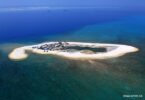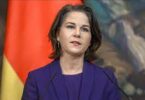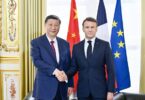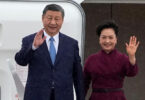State Bank of Pakistan has further lowered the key policy rate by two percentage points. Bank interest rate has come down to 9 percent almost equal to the one that prevailed during the tenure of previous government of mercantile Prime Minister. It is the third reduction in the interest rate in the past 30 days, which amounts to an unprecedented monetary measure to stimulate the economy at halt.
The cumulative rate cut of 4.25 percent is in line with the demand of trade bodies to create business friendly environment and mitigate the impact of fast downturn of global economy in the wake of unforeseen Covid-19 pandemic.
Business community was unhappy when the present government raised key policy rate from 8.5 percent to 10 percent in fall 2018. It was further raised to 13.25 percent to meet the IMF condition attached with $6 billion bailout package and fight the galloping inflation with monetary tools alone. High interest rate gave a temporary gain of portfolio foreign investment in Treasury Bills and deposits in foreign currency accounts but it depressed the economic environment for productive physical investment in the manufacturing sector. It also hit hard production activities in two major industrial sectors of textiles and automobiles. The latter registered a steep decline in the output and sales. The high key policy rate did not bring down inflation because it was not buttressed by fiscal measures by way of taxation and lowering the tariffs of energy inputs and other variables of reducing cost of production in industry and agriculture.
Now smooth flow of liquidity is being assured with easy money policy and release of sales tax and income tax refund and duty drawback, which were stuck for the past six years. But a group of top businessmen is asking for the moon from the ruling political leadership and has demanded for another amnesty on account of general sales tax and income tax on hidden wealth. It would be difficult for the government to convince the IMF and FATF for giving general sales tax amnesty to industry and business, although the incidence of this tax on end user is more than 80 percent.
Although lowering of interest rate by 4.25 percentage points is appreciable yet it will not achieve the intended goal until making taxation regime progressive. The prevailing rate of turnover tax and withholding tax and high cost of energy inputs make products manufacturing sector non-competitive. An optimal mix of monetary and fiscal measures is needed for early revival and stimulation of economy.






